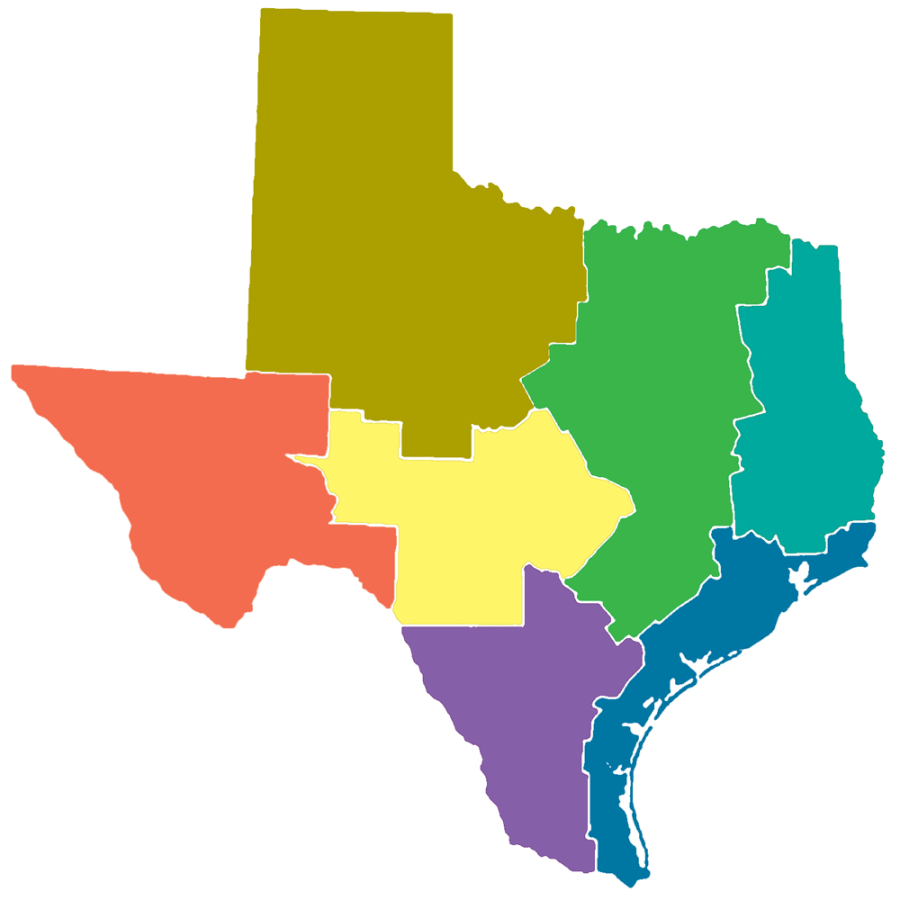Texas weather keeps residents guessing what to wear
February 23, 2022
Snow, iced roads, sun, and 70 degrees are just some of the different kinds of weather Texans have experienced so far in February.
According to Weather 25, the average temperatures of North Texas fluctuate between 62° and 46° Fahrenheit in February. This year the temperature gauge has shown temperatures ranging from 19° to 76° F. January is the month known to be the coldest month in the year. Still, the variations of temperatures make February feel special. Why does the state have such varied weather, and what will the next months bring?
Texas has seven geographical regions ranging from desert to coastal plains and mountains:
- The Gulf Coast is the southernmost region of the state. Bordering Mexico and the Gulf, it is known for warm temperatures and humid air. The climate in this region is usually dry, and it stays relatively warm.
- The Panhandle is flat and desert-like. It is located northwest and experiences the most varied temperatures.
- The Big Bend Country has picturesque nature and tends to get very hot during the summer.
- The Hill Country has rolling hills and is home to 16 wineries and several campsites.
- South Texas is subtropical, and, therefore, the temperatures stay pretty warm.
- Piney Woods has great forests and terrain. The area is typically warm and humid.
- Prairies and lakes, as the name indicates, is in Northern Texas has the most lakes in the state. The terrain here is rolling.
Texas is a part of the “tornado alley.” The tornado alley is the term of the geographical area where tornadoes often occur in the U.S. The states of Texas, Oklahoma, Kansas, Louisiana, Nebraska, Iowa, and South Dakota are located where cold and hot winds are encountered. The dry and cold Canadian air from the Rocky Mountains meets the hot and moist Mexico air. When the cold air travels faster than the hot, it creates a funnel, and tornadoes form.
The cold front moves quickly with strong winds and blows in over the warm air. Hot air is less dense than cold, and, therefore, it will try to go above the cold. At the same time, the heavier cold air goes down at a great speed. This phenomenon can cause tornadoes.
Texas has fluctuating weather mainly because of its geographical location, especially the northern parts are particularly at risk for extreme weather conditions. The month with the most frequent tornadoes in Texas is May.
The Texan winter is known to be mild. However, most have witnessed more extreme weather in the past few years, such as ice and snow. The wind gets warmer due to emissions, which causes even more extremes. There is a reason to expect more fluctuating weather in the years to come.
For more information click the link below:
Winter Weather Texas Climate Change








